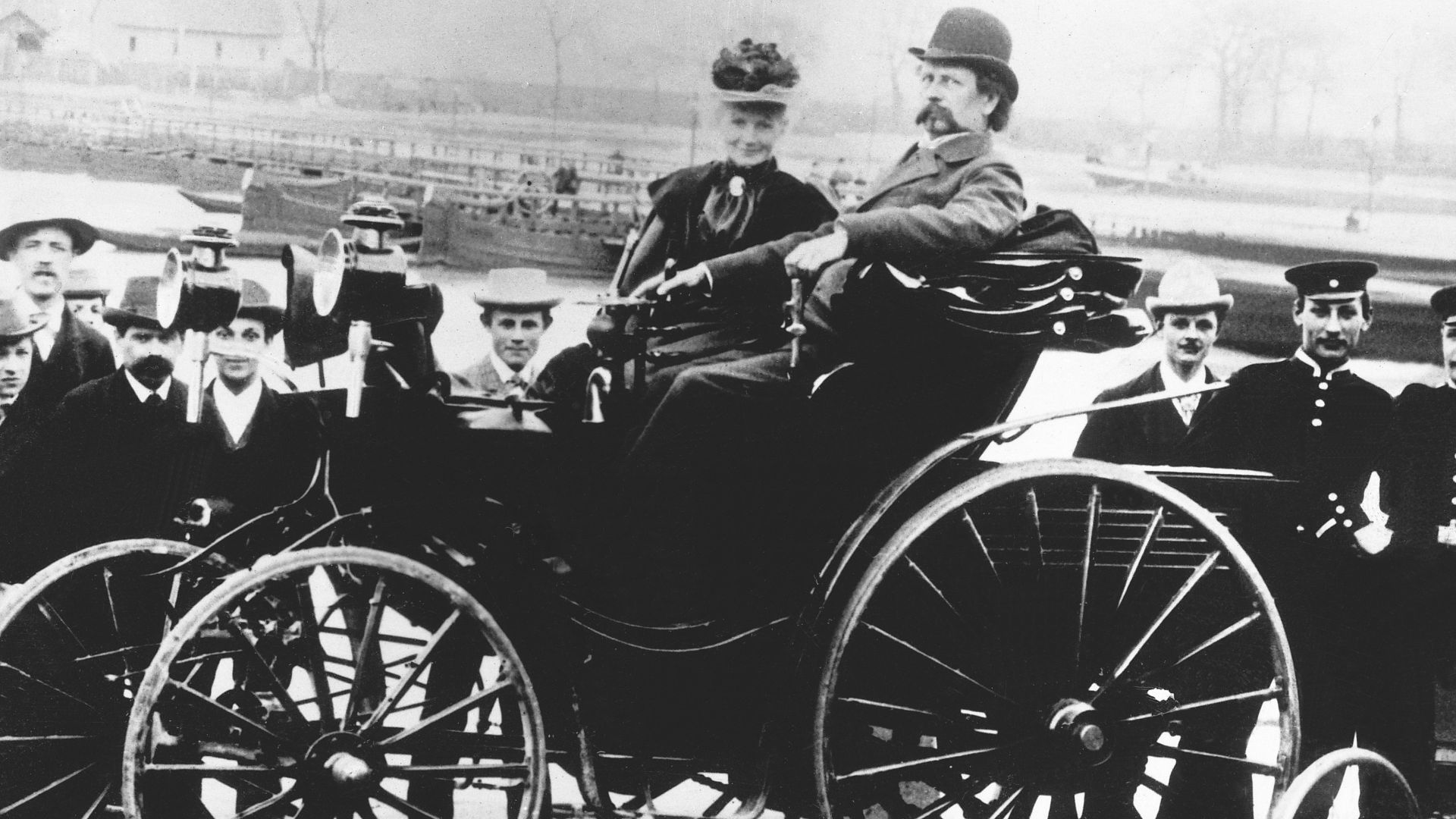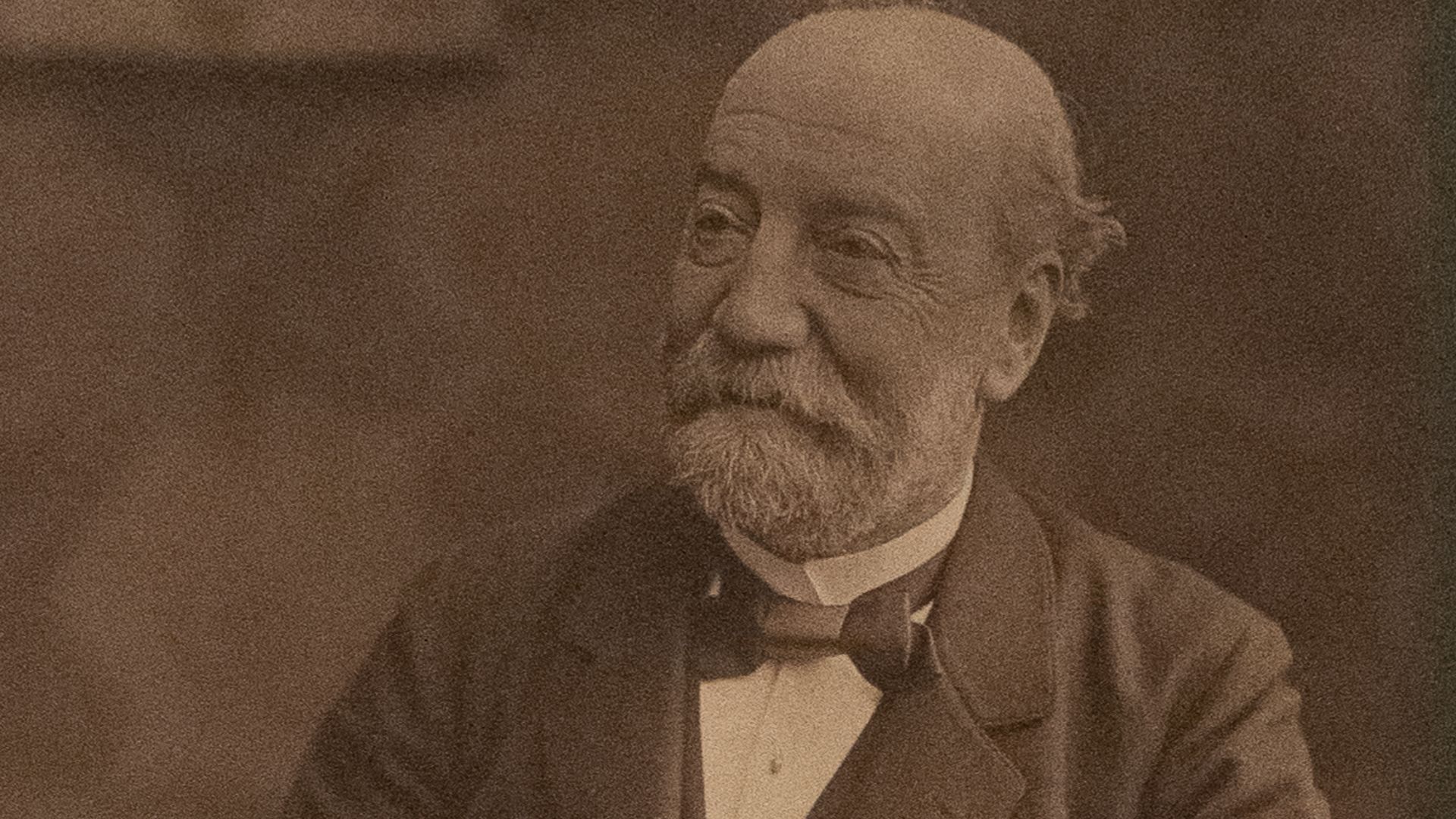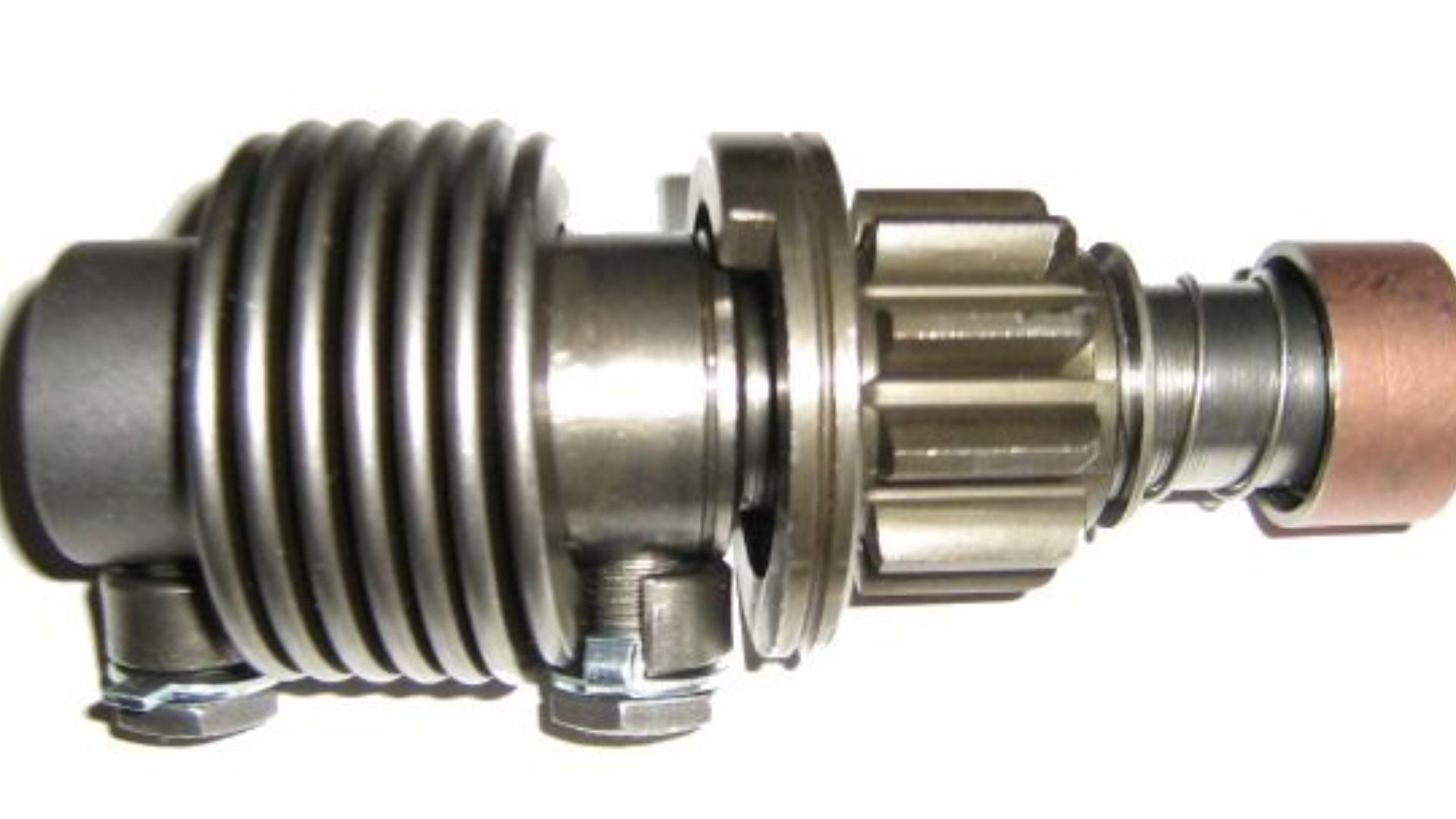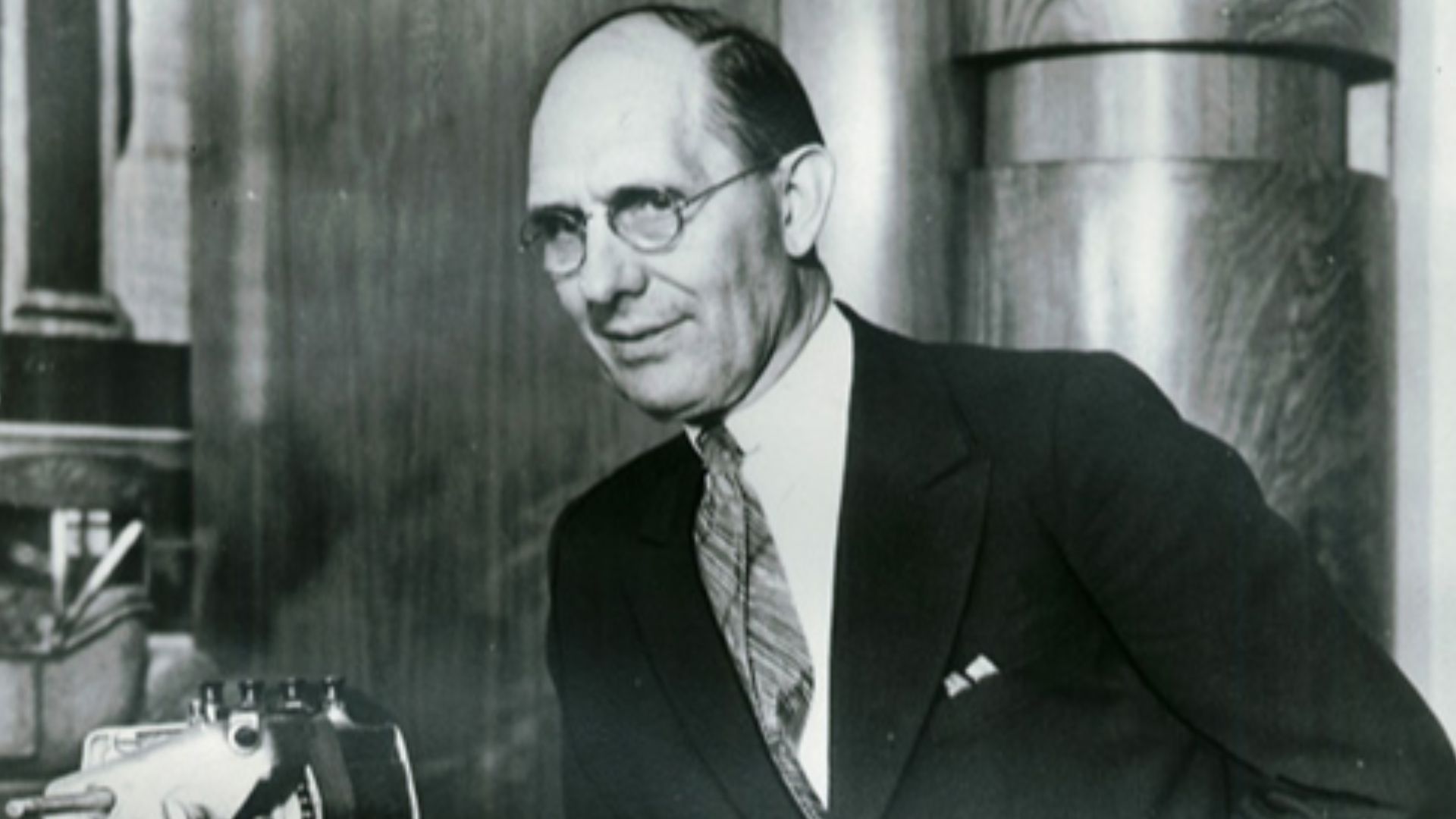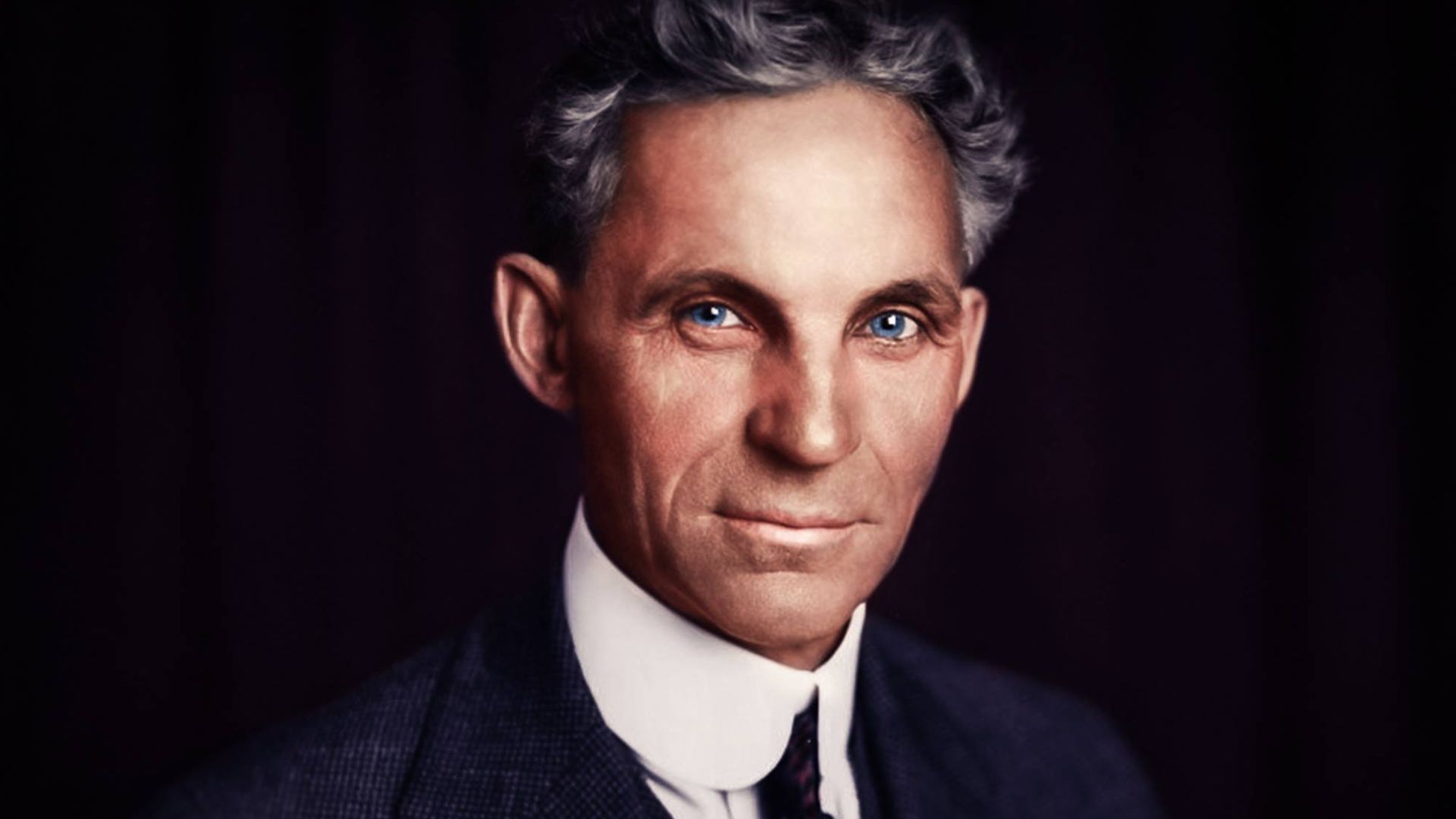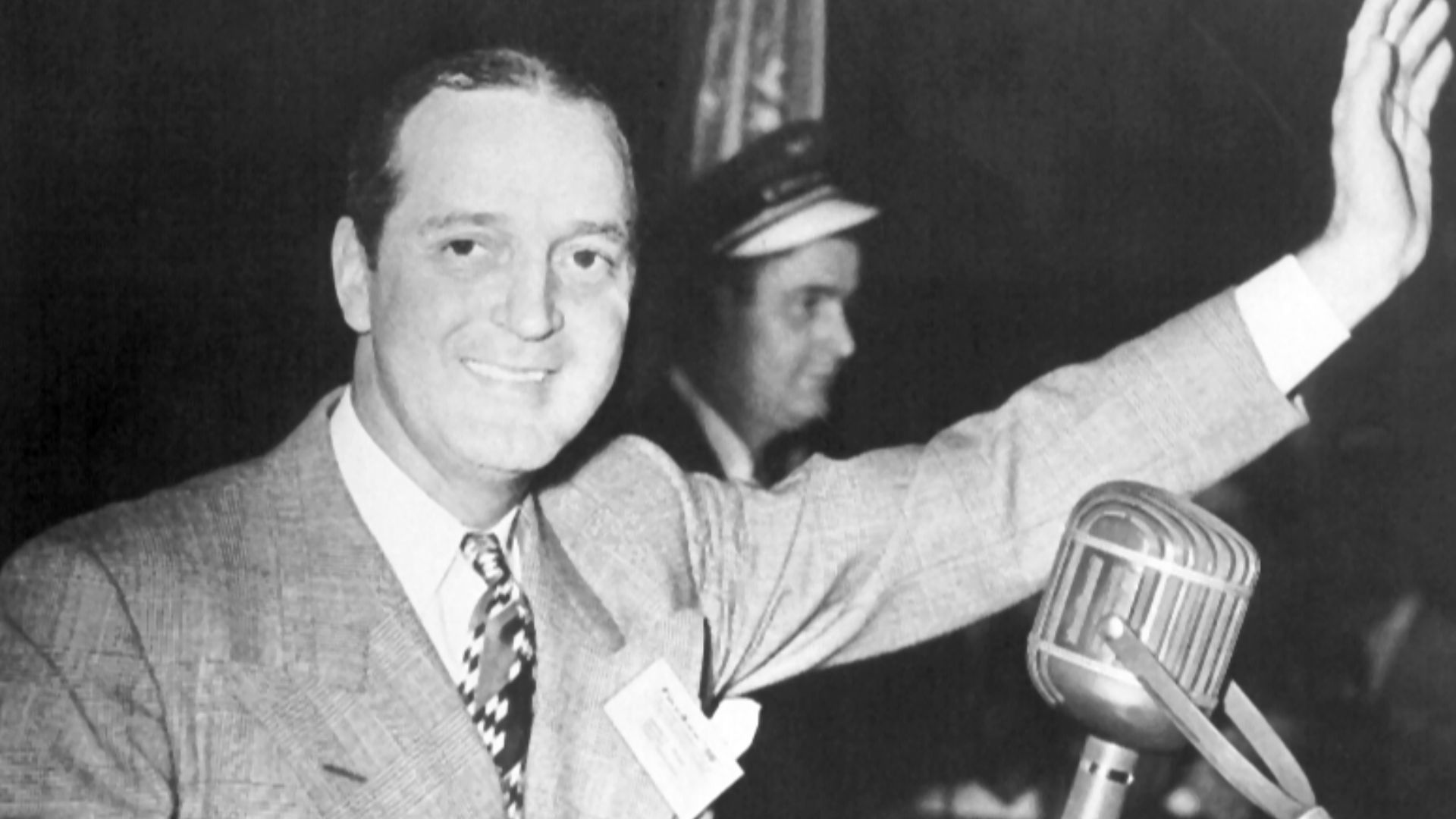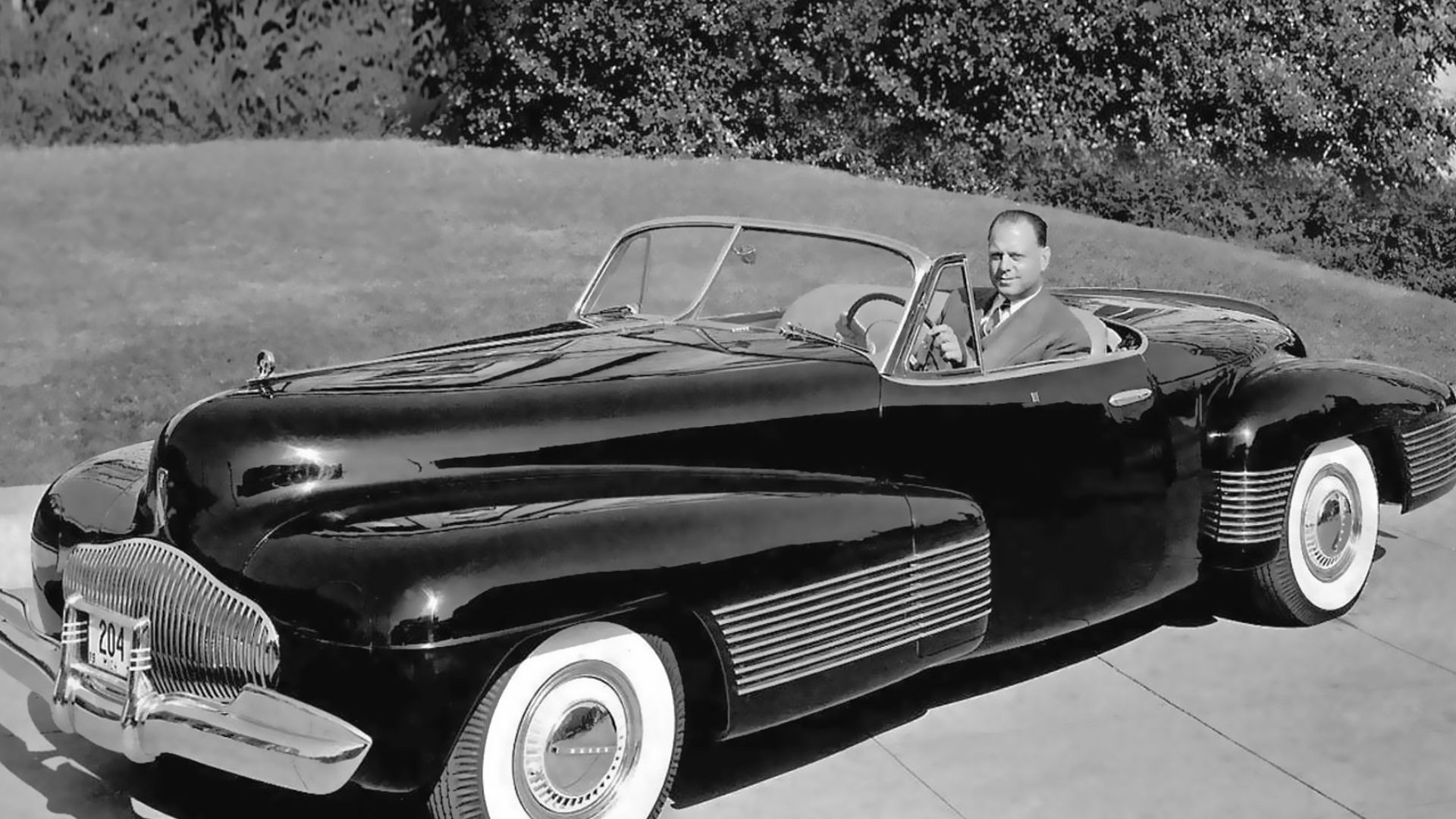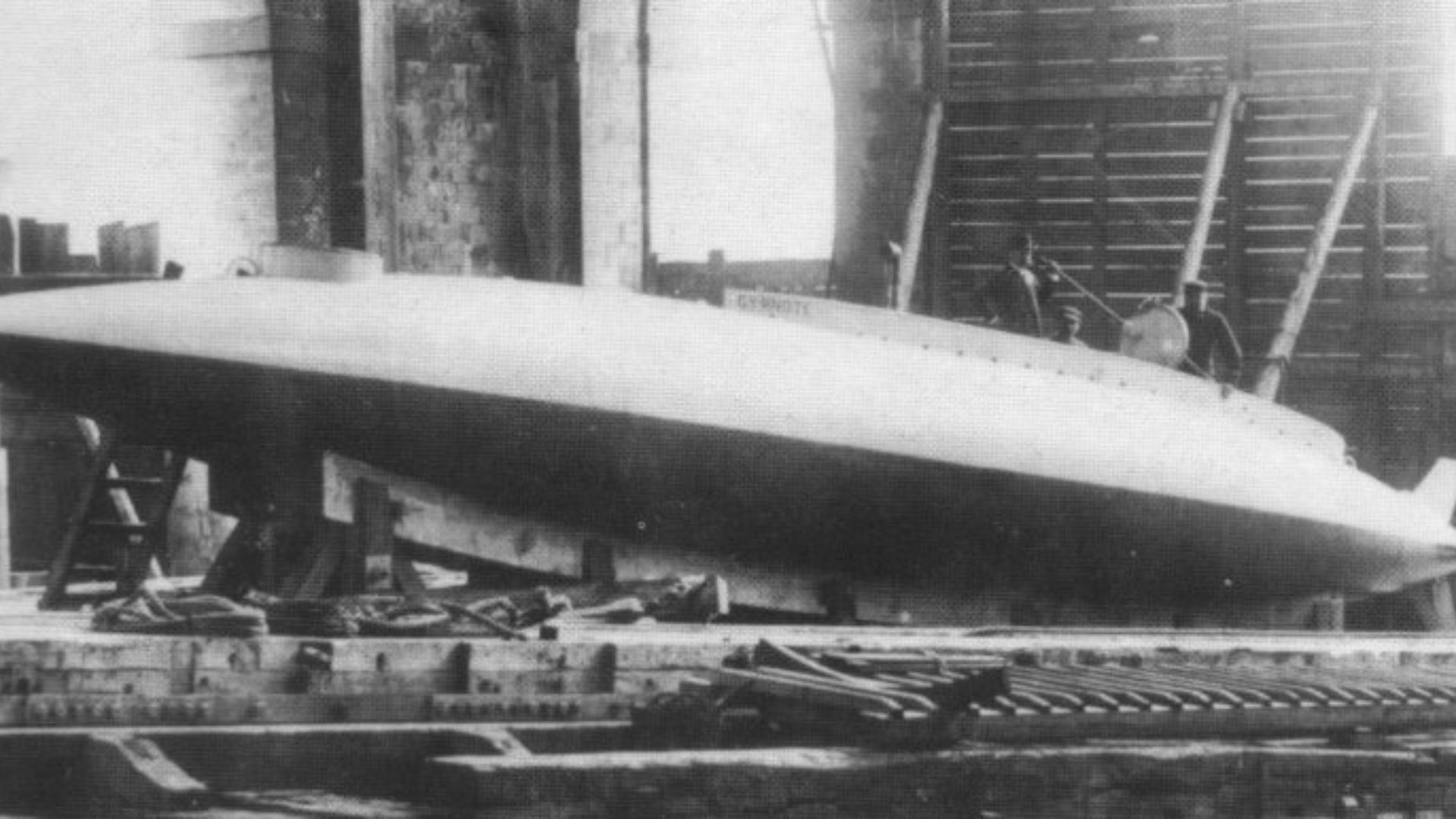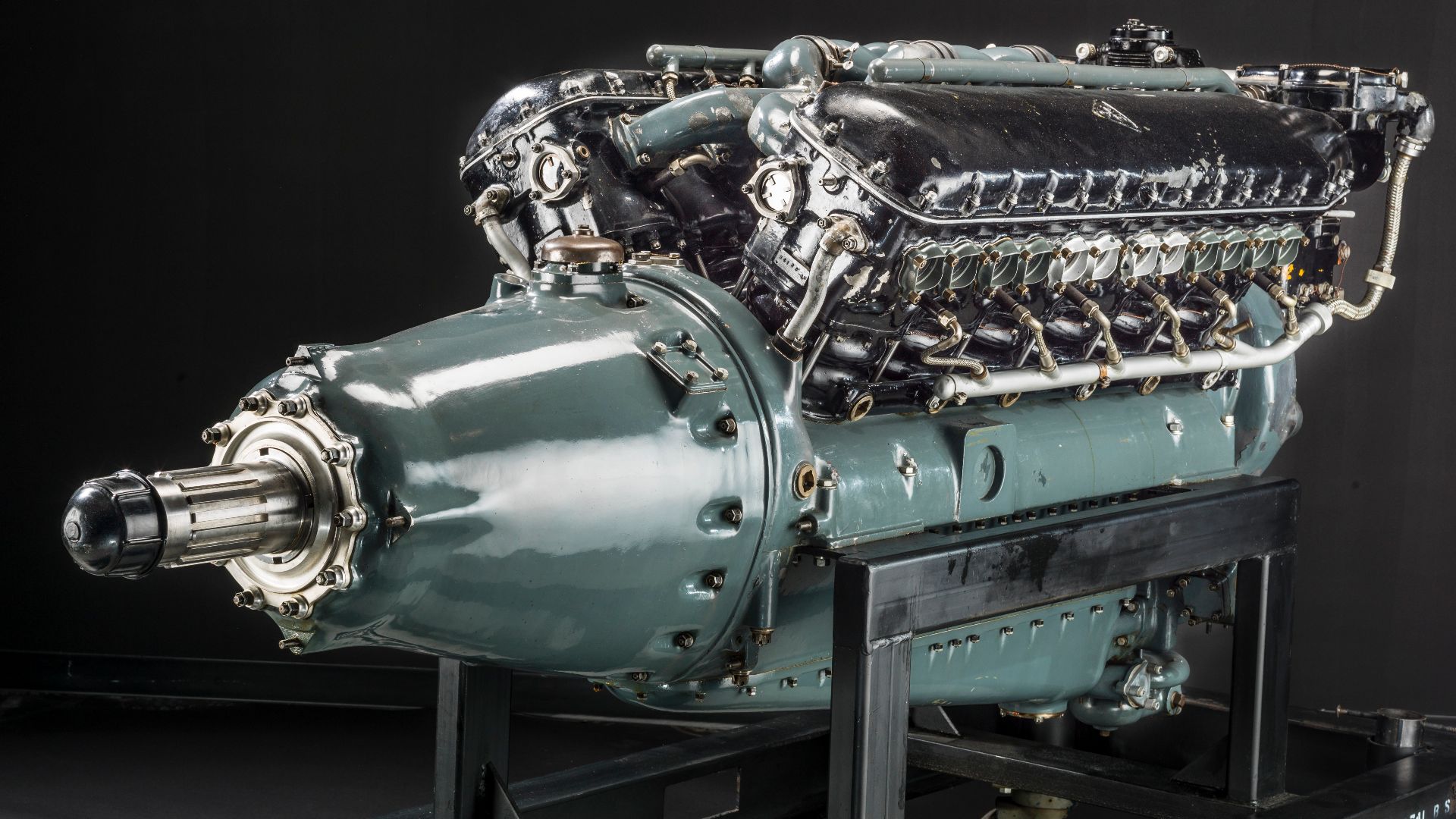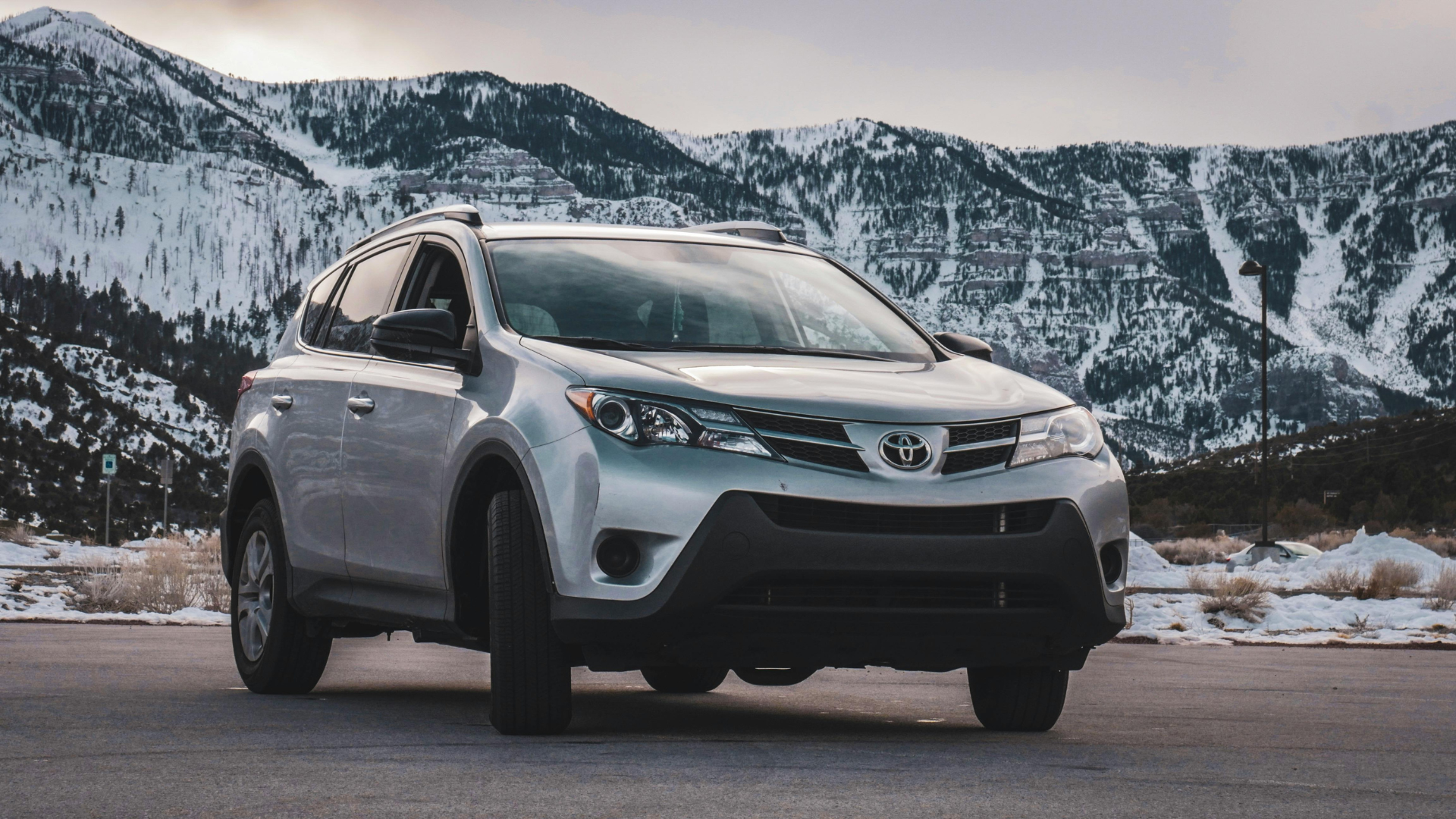20 Historical Figures That Forever Changed The Car Industry With Their Inventions
Auto Pioneers Who Drove History
The evolution of cars reads like a series of breakthroughs powered by bold ideas. Progress came in fits and starts—until the right minds brought structure to the speed. Behind every innovation and engineering shift stands a person who changed the course of mobility. Here are 20 legendary figures who contributed to the car industry and shaped how the world moves.
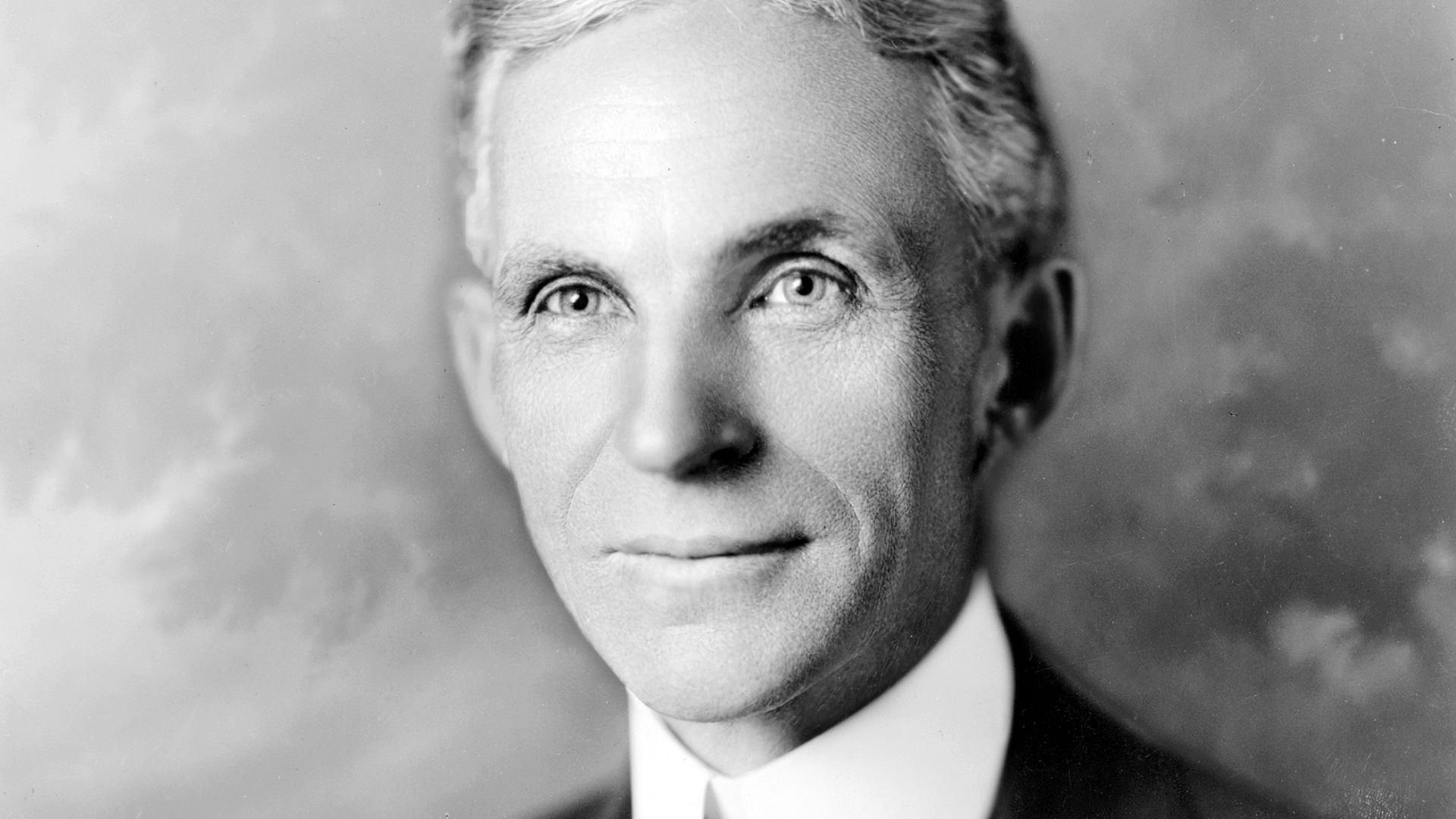 Hartsook, photographer. on Wikimedia
Hartsook, photographer. on Wikimedia
1. Frank Duryea
A race through the snow in 1895 made history. Frank Duryea, alongside his brother Charles, built and drove the first gasoline-powered vehicle in America to win a public contest. That victory sparked public interest in motoring. Charles came up with the concept of the car, and Frank built the machine.
 Unknown authorUnknown author on Wikimedia
Unknown authorUnknown author on Wikimedia
2. Karl Benz
Karl Benz is credited with inventing the first practical automobile, the Benz Patent Motorwagen, a three-wheeled vehicle powered by a four-stroke internal combustion engine. He also developed various components and technologies that were crucial to the evolution of the automobile, including the Ackermann steering.
3. Frederick Lanchester
Lanchester invented the disc brake in 1902, decades before it became standard. His copper disc design provided superior stopping power compared to drum brakes. He also developed the harmonic balancer, which reduced engine vibrations and made cars smoother to drive.
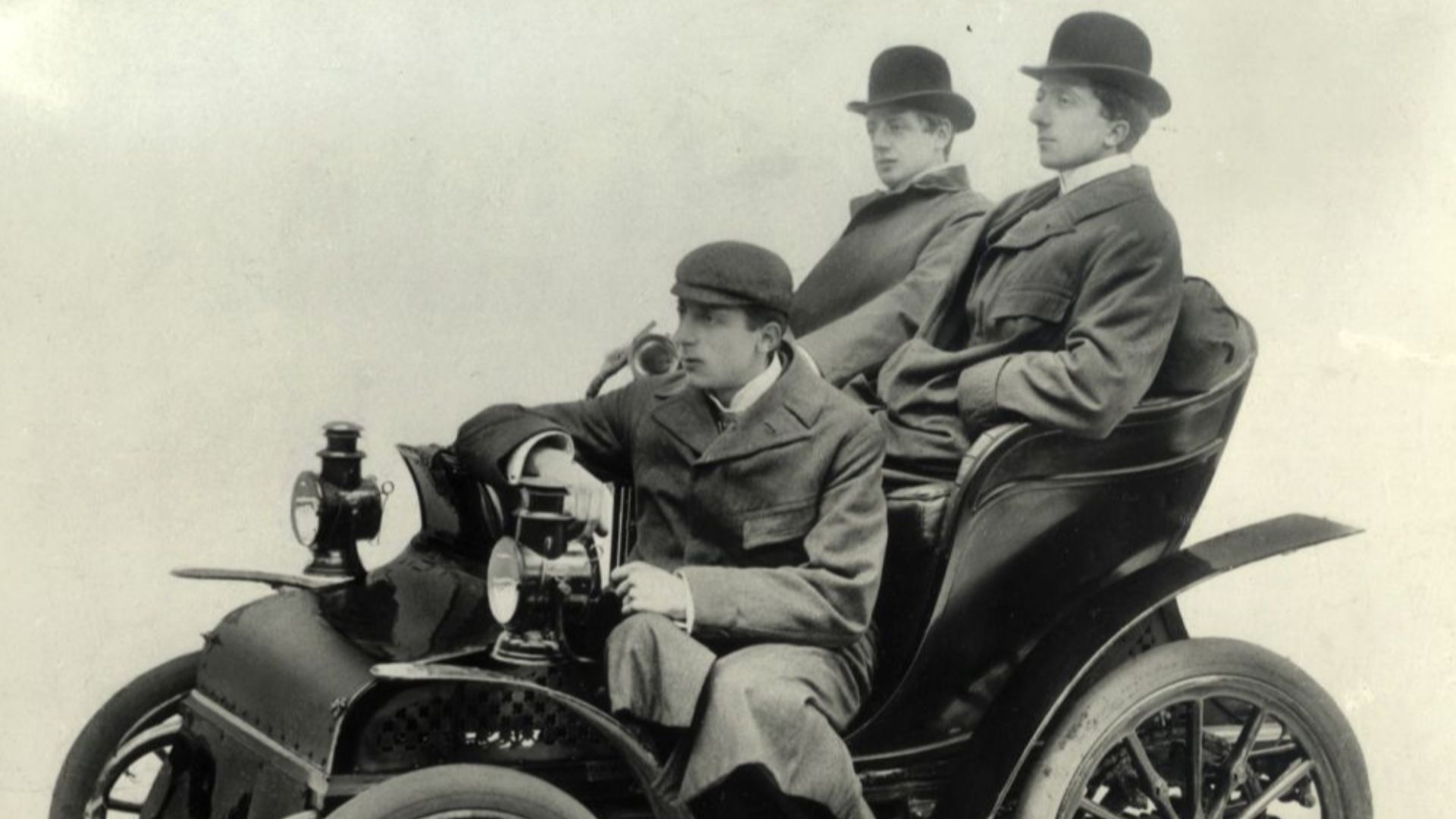 Birmingham Museums Trust on Wikimedia
Birmingham Museums Trust on Wikimedia
4. Malcolm Lougheed
Lougheed revolutionized automotive safety by inventing the first practical hydraulic brake system in 1917. His design used fluid pressure to transmit force from the brake pedal to the brake shoes, providing more reliable and consistent stopping power than the mechanical brakes used previously.
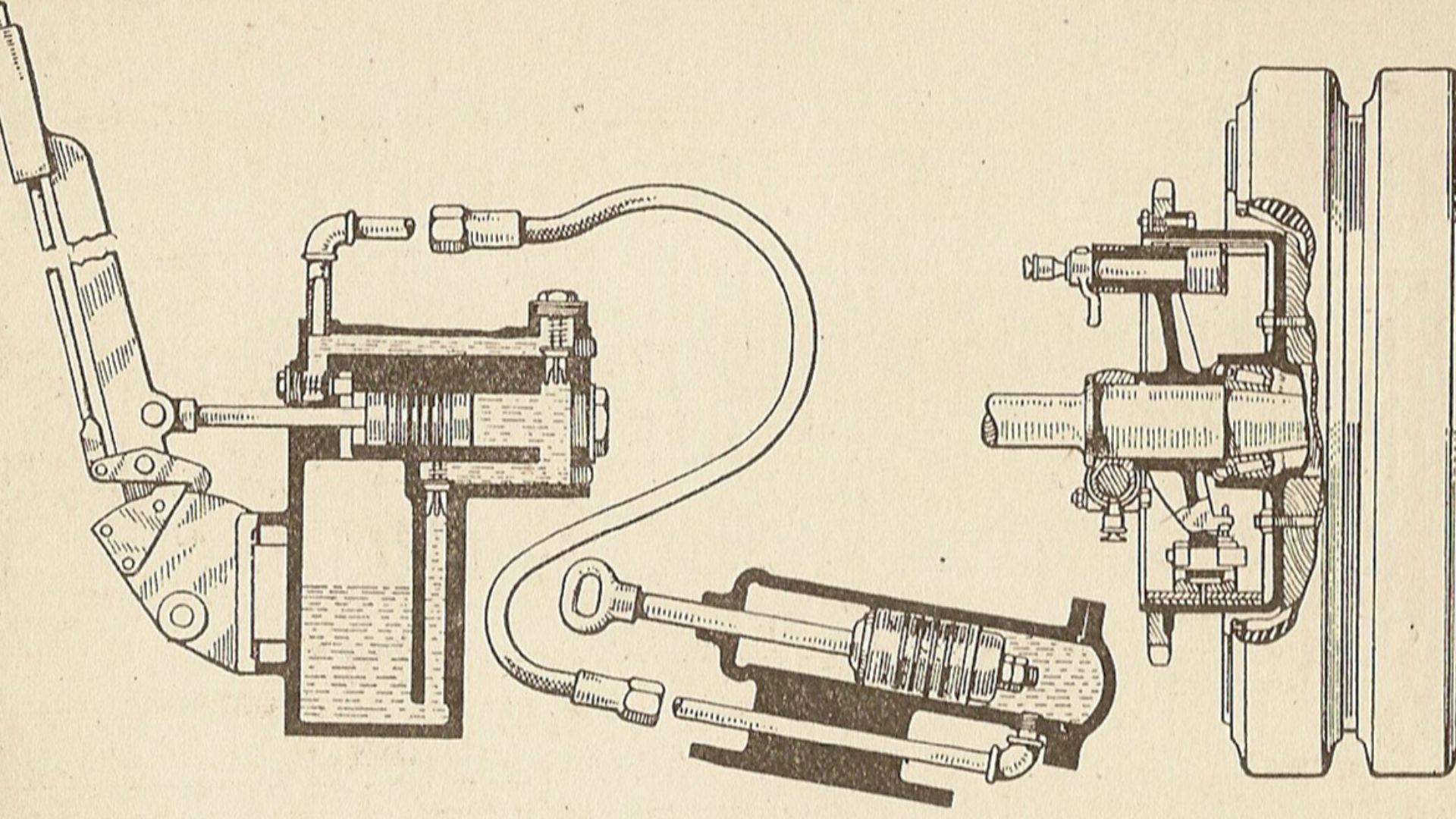 Automobile Engineering, Vol. II., p. 183. American Technical Society, Chicago, 1919 on Wikimedia
Automobile Engineering, Vol. II., p. 183. American Technical Society, Chicago, 1919 on Wikimedia
5. Gottlieb Daimler
A compact, high-speed engine changed everything. Daimler’s internal combustion design was revolutionary—not for its power, but for its portability. Suddenly, cars didn’t need to be massive or slow. His innovations eventually merged into Mercedes-Benz, but American automakers studied his breakthroughs to fine-tune performance for modern roadways.
6. Vincent Bendix
Bendix revolutionized braking with his vacuum-assisted brake booster in the 1920s. His system used engine vacuum to multiply the driver's foot pressure, which made stopping easier and safer. Before Bendix, drivers needed significant strength to brake heavy vehicles. His invention set the foundation for modern brake systems.
7. Charles Yale Knight
Knight invented the sleeve-valve engine in 1904, an alternative to the standard poppet valve design. His system used sliding sleeves instead of valves, creating quieter, smoother-running engines. Luxury brands like Mercedes and Willys-Knight adopted his technology.
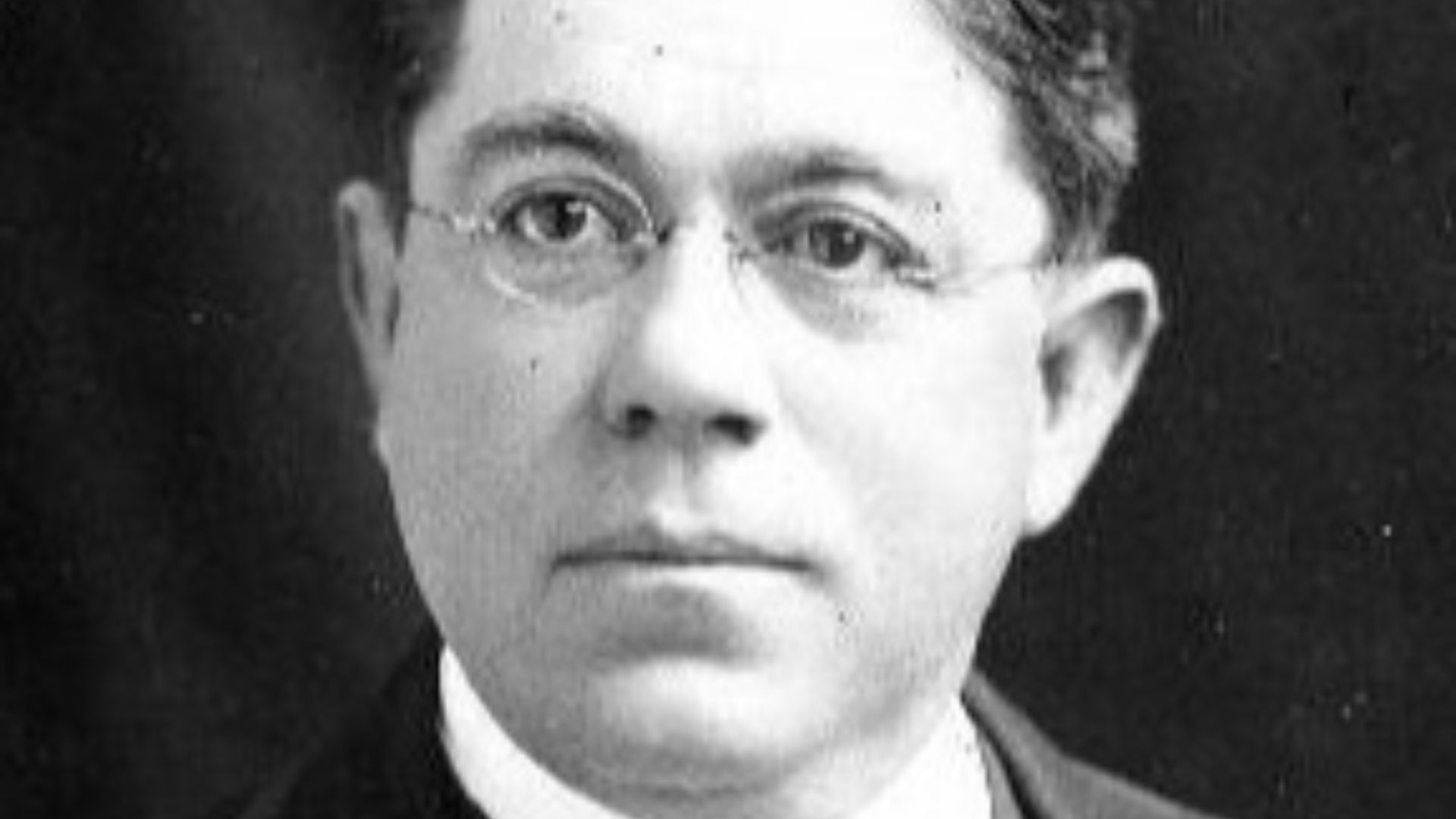 Unknown authorUnknown author on Wikimedia
Unknown authorUnknown author on Wikimedia
8. Charles Kettering
Charles F. Kettering is best known for inventing the electric self-starter for automobiles. This invention, introduced in 1912 on Cadillac vehicles, eliminated the need for manual cranking to start engines, making cars safer and easier to operate. American car convenience was born in Kettering’s lab, not on the dealership lot.
9. Henry Ford
Mass production’s purpose went beyond producing more cars. It was about changing the American economy. Ford’s assembly line turned automobiles from luxury to necessity. His Model T standardized car culture and labor practices. No single person democratized driving for the U.S. public quite like Ford.
10. Preston Tucker
Preston Tucker introduced the innovative Tucker 48 sedan, featuring safety glass, a rear engine, and a padded dashboard. His forward-thinking designs, especially in automotive safety and engineering, influenced future car development and set new standards for what drivers could expect in modern vehicles.
11. Andre Citroën
He introduced mass production to Europe, but his biggest ripple reached the U.S. through suspension systems and front-wheel-drive layouts. Detroit engineers studied his techniques to refine ride comfort. Citroën built quirky cars and impacted Americans’ approach to automotive engineering.
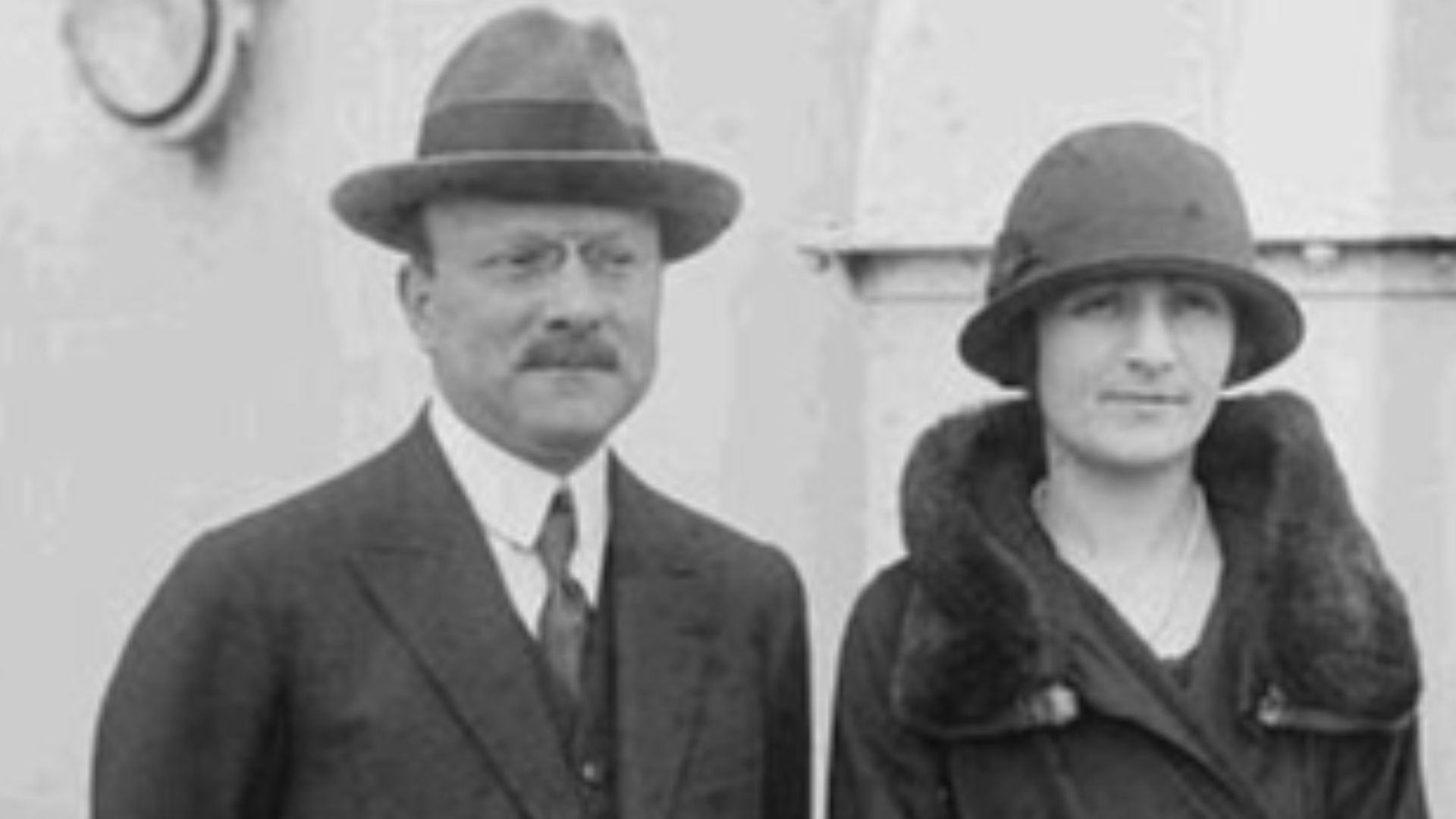 Bain News Service on Wikimedia
Bain News Service on Wikimedia
12. Harley Earl
Earl shaped how Americans wanted their vehicles to feel and look. He introduced the first “concept car” with the 1938 Buick Y-Job and made it about self-expression. His styling direction at GM influenced everything from color palettes to body curves.
13. Eugene Houdry
Houdry invented the catalytic converter in 1950, creating a device that reduced harmful exhaust emissions. His catalytic process converted toxic gases into less harmful substances. Though initially met with resistance, his invention became mandatory and transformed how the auto industry approached environmental responsibility.
 Science History Institute on Wikimedia
Science History Institute on Wikimedia
14. Soichiro Honda
Soichiro Honda transformed the industry by inventing reliable, affordable small engines and pioneering mass production of compact cars. His relentless pursuit of quality and efficiency helped make Honda a global leader, influencing automotive design, manufacturing, and fuel efficiency worldwide.
 Soichiro Honda and Ayrton Senna, 1990 FIA Awards by Alberto Santos
Soichiro Honda and Ayrton Senna, 1990 FIA Awards by Alberto Santos
15. Rudolf Diesel
In the 1890s, Diesel revolutionized engines with his high-efficiency compression-ignition design. The diesel engine was a mechanical upgrade that reshaped freight and global transit. His invention powered the backbone of industry and still drives sectors where efficiency and durability matter most.
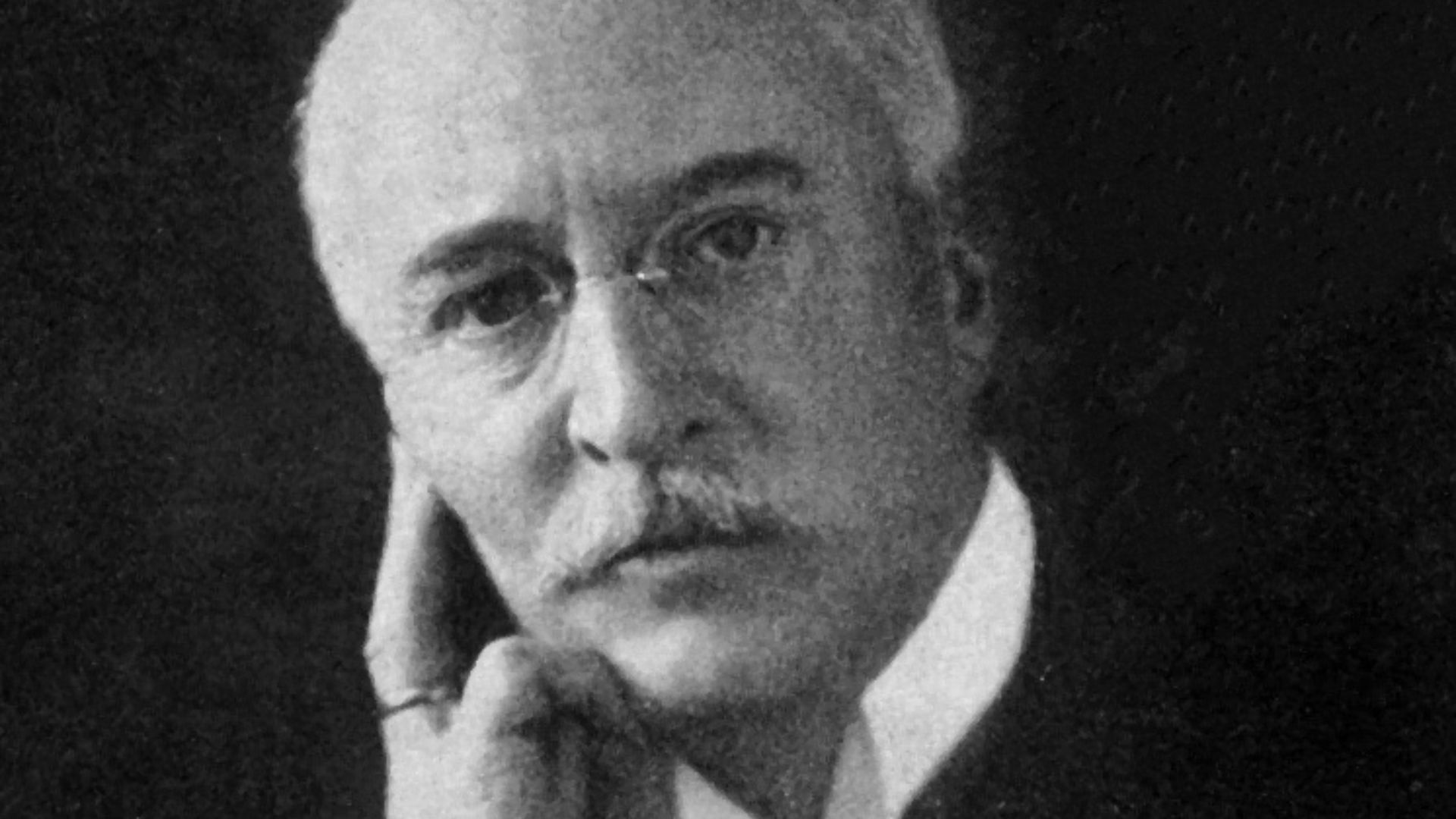 Unknown photographer on Wikimedia
Unknown photographer on Wikimedia
16. Mary Anderson
A rainy street in New York inspired a fix nobody asked for—yet everyone needed. Anderson’s 1903 patent for the windshield wiper made driving safer. Decades later, her invention became standard. Though often overlooked, she helped shape basic automotive usability.
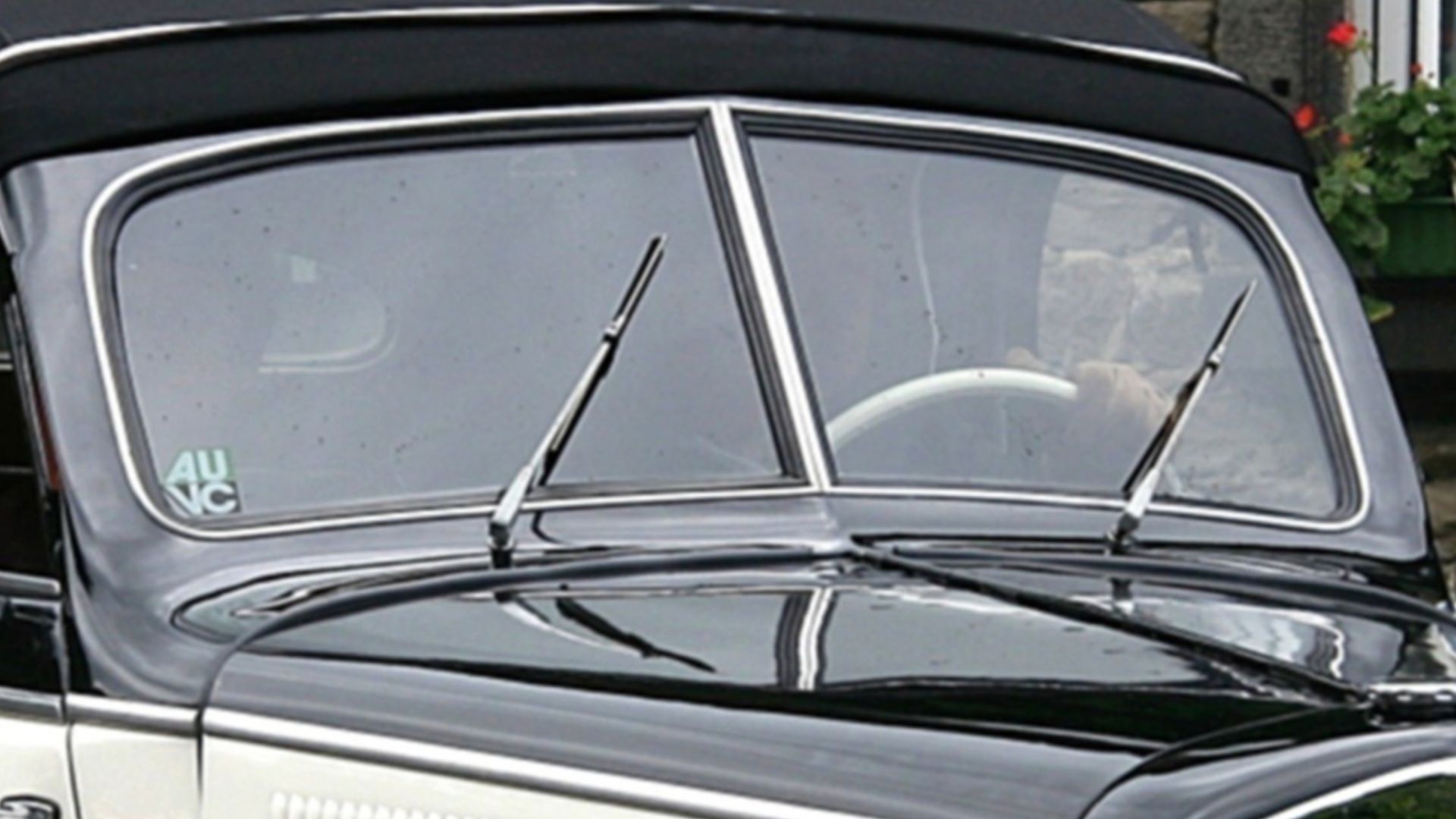 Spurzem - Lothar Spurzem on Wikimedia
Spurzem - Lothar Spurzem on Wikimedia
17. Arthur Constantin Krebs
Krebs was refining functionality, not chasing attention. Before the century turned, he introduced sloped steering wheels, automatic carburetors, and electromagnetic clutches. Every control you take for granted began with one of his tweaks. Silent but crucial, Krebs redefined what it meant to operate a car.
18. Béla Barényi
Before safety ratings or crash tests, Barényi imagined vehicles that protected lives. He introduced energy-absorbing zones and rigid cabins decades ahead of regulations. Instead of making cars faster or flashier, he made them survivable. His foresight built the invisible armor around today’s driving experience.
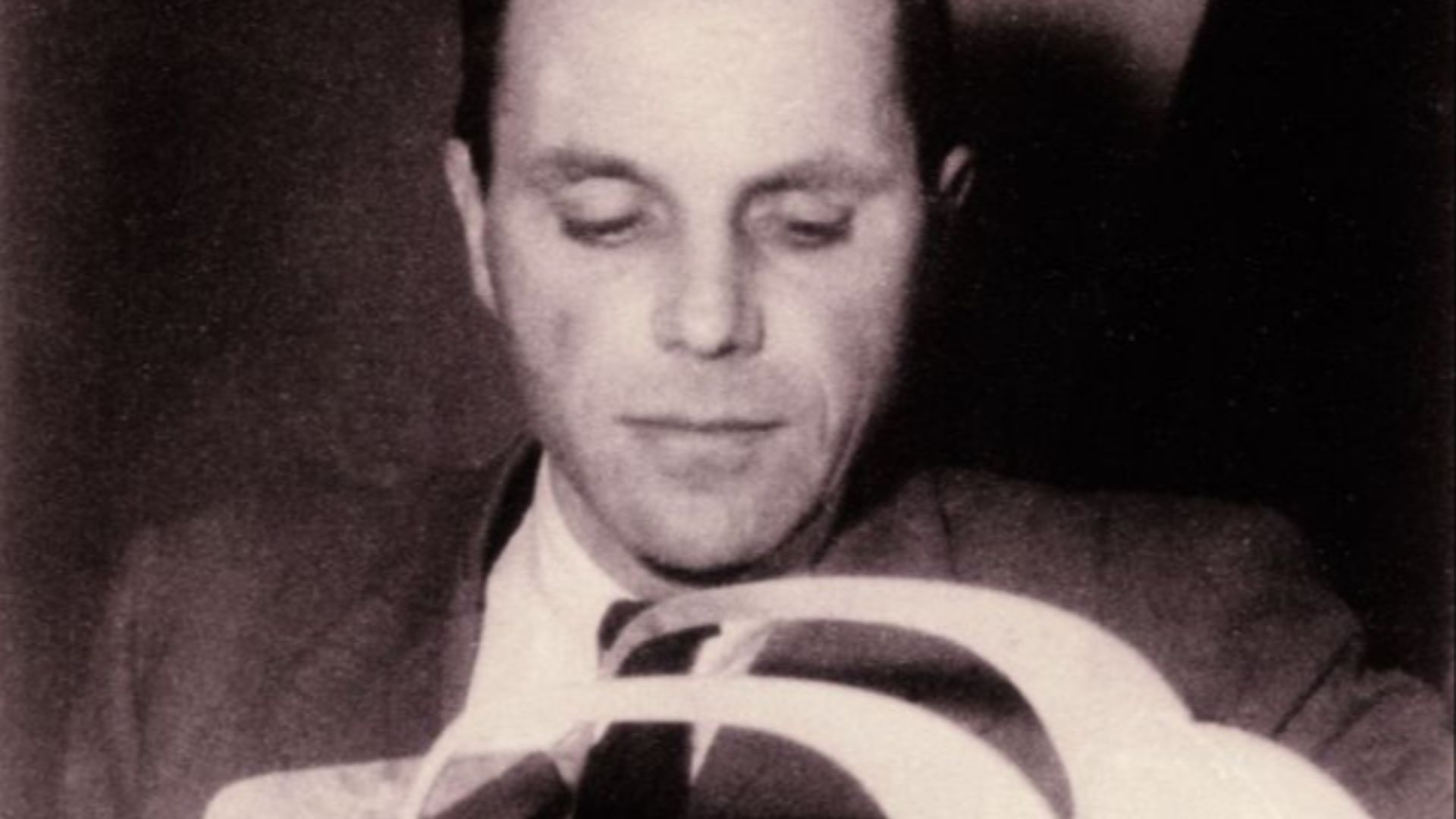 Unknown authorUnknown author on Wikimedia
Unknown authorUnknown author on Wikimedia
19. Maurice Olley
Olley invented independent front suspension in the 1930s, allowing each front wheel to move independently. His system improved handling, ride comfort, and tire wear compared to solid axles. This breakthrough became standard on modern vehicles, fundamentally changing how cars handled roads and corners.
 2008 Corvette Hall of Fame Inductee Maurice Olley by National Corvette Museum
2008 Corvette Hall of Fame Inductee Maurice Olley by National Corvette Museum
20. James Allison
In the 1920s, Allison developed the first practical automatic transmission for automobiles. His work on planetary gearsets and hydraulic controls enabled cars to shift gears automatically. This made driving easier and more accessible for people of all skill levels.


